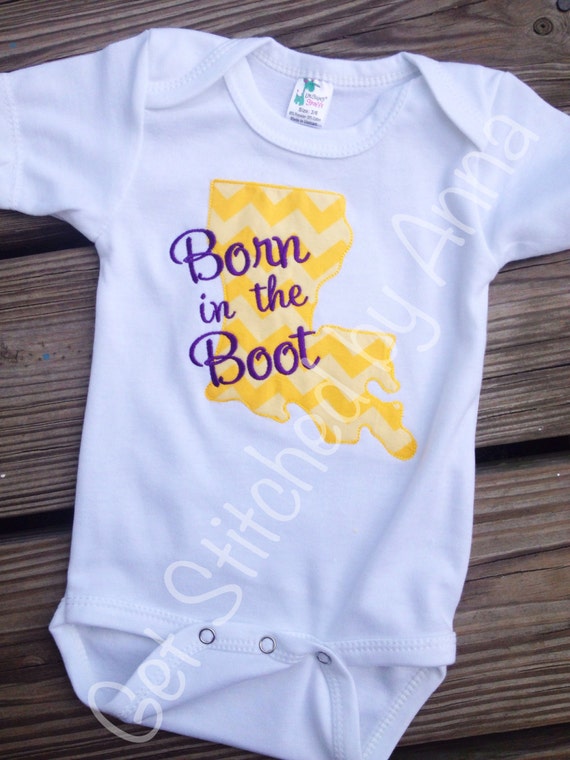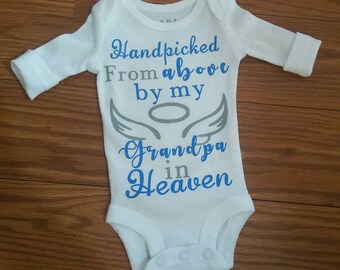
Since you don’t necessarily want to take your baby shopping with you and have them try on each onesie in the fitting room, experts recommend sticking with certain brands and assessing where your baby fits in each brand’s sizing chart. Although each brand is different, shoppers will typically find onesies sold in this range of sizes: Sizing for onesies is typically organized by either age or weight, which means it doesn’t account for a baby’s girth, explained Jada Shapiro, a birth and postpartum doula and founder of Boober, a marketplace of classes for moms.

ONESIE CLOSED HANDS HOW TO
SKIP AHEAD Onesies and bodysuits to shop How to shop for baby onesies and bodysuits
ONESIE CLOSED HANDS PLUS
We spoke to experts to learn more about what to know about onesies, plus got specific onesie recommendations and found other highly rated options based on their guidance.

Onesies come in many different sizes, and babies will outgrow them quickly as they age and grow. Plus, they fit securely on babies and don’t require a ton of work when frequently dressing, undressing and changing a child throughout the day. “In warmer weather they can be an entire outfit (especially under a swaddle blanket) and in colder weather, they're excellent as an undershirt,” explained Talitha Phillips, a certified labor and postpartum doula and CEO of Claris Health. No matter the weather, onesies are an easy outfit choice for those early weeks or months. They take the thought out of the dressing process.” “When you have them on hand, there is little thought you need to put into dressing your baby each day. “You need a lot of them as it’s the most basic staple in a baby’s wardrobe and what you dress them in every day,” said Jennie Monness, mom of two and co-founder of play space Union Square Play. Experts consider them a quintessential baby shower gift, especially since parents will need them in a range of sizes as well as styles.

And when it comes to the divisive world of parenting, most parents agree that one onesie simply isn’t enough. In no time, your entire embroidered name or project will be finished and ready to gift (or hang, or wear!).Whether you’re a parent-to-be or are shopping for one, there’s one classic baby apparel essential that’s hard to debate: the onesie. This will be your only ‘forward’ stitch.įrom this point on, each stitch will be a ‘back stitch.’ You’ll choose a spot a little bit in front of your last stitch, pull your needle and thread through that spot, and then stitch backwards to meet up with your last stitch/hole.Ĭontinue back stitching along your traced patch, always bringing your needle just a little bit ahead on your tracing and then stitching back to your last stitch. Pull you needle and thread through your fabric at your beginning mark (if you’re embroidering a name, it’s the place where you would start your pen).įollow the line you’ve traced for your first stitch, pulling the thread back through the fabric. The kind I use is six strands thick (I think that’s pretty standard) and I leave all six strands intact (sometimes for embroidery, you pull apart the strands for precision, but not for this project). Thread your needle with embroidery thread. If your fabric is stretchy (like jersey t-shirt/onesie material), also pin interfacing onto the back side of where you’ll be stitching (it acts as a stabilizer). This little primer truly is pretty basic- enough to help you embroider onesies and pillows and home decor projects.īefore you get started, trace the name/design you’ll be embroidering onto your onesie (or other fabric) with a fabric pen. When I shared the custom embroidered onesie that I made for my niece Josie, I promised an embroidery primer.

As an Amazon Associate I earn from qualifying purchases.


 0 kommentar(er)
0 kommentar(er)
